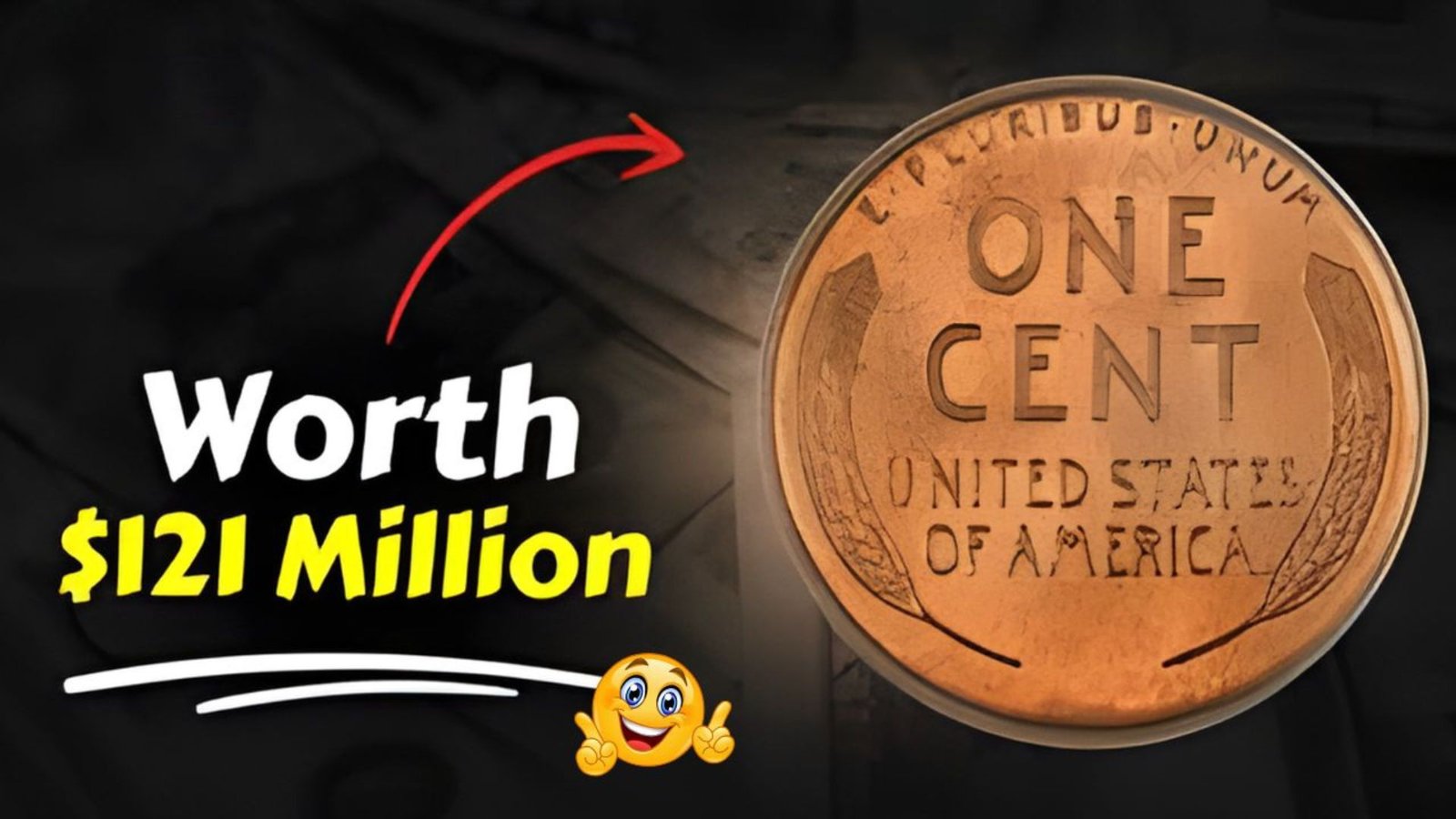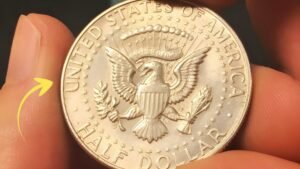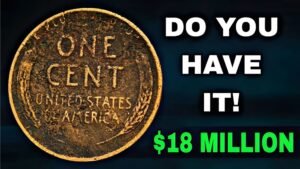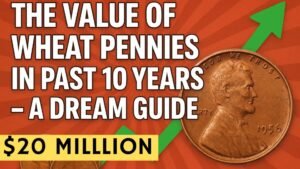Somewhere in the pockets and jars of ordinary Americans might lie a coin so valuable it could change a life overnight. The Lincoln Wheat Penny, a humble one-cent coin once common in circulation, is now making headlines for a jaw-dropping reason — one version is reportedly valued at $121 million. But how can a penny, worth just one cent, be so rare and precious? Let’s unravel this incredible story.
What Is the Lincoln Wheat Penny?
The Lincoln Wheat Penny, minted from 1909 to 1958, is one of the most iconic coins in US history. Named for the two wheat stalks on its reverse, this coin was the first to feature a real person — President Abraham Lincoln — marking a major design shift for the US Mint. Millions of these coins were produced, but only a handful became legends.
The Story Behind the $121 Million Penny
While thousands of Lincoln Wheat Pennies exist, one particular version has stunned collectors — a 1943 bronze Lincoln Wheat Penny mistakenly struck on a bronze planchet during World War II. In 1943, the US Mint switched from bronze to zinc-coated steel to save copper for the war effort. Yet a few bronze blanks accidentally remained in the presses, creating an ultra-rare minting error.
Only a few of these coins were ever discovered. One of them, in pristine condition, fetched a record-breaking $121 million at a private auction, making it the most valuable penny in history.
Why Is It Worth So Much?
Several factors contribute to its enormous value:
- Extreme rarity: Only a few were ever struck.
- Historical significance: Minted during wartime, representing an accidental piece of US history.
- Condition: Graded at the highest professional levels by NGC and PCGS.
- Collector demand: The legend of the 1943 bronze penny fuels competition among numismatists.
This combination of rarity, history, and condition is what turns a penny into a fortune.
Key Differences Between Regular and Rare Lincoln Pennies
| Feature | Regular 1943 Penny | Rare 1943 Bronze Penny |
|---|---|---|
| Composition | Zinc-coated steel | Bronze (copper-based) |
| Color | Silvery gray | Reddish-brown |
| Weight | 2.7 grams | 3.11 grams |
| Magnetic | Yes | No |
| Estimated Value | 1–5 cents | Up to $121 million |
How to Tell If You Have the $121 Million Penny
Finding one might sound like a dream, but it’s possible to check. Start by inspecting any 1943 Lincoln Penny in your collection. If it sticks to a magnet, it’s made of steel — not the rare one. But if it doesn’t stick and appears reddish-brown, you could be holding a fortune. Get it authenticated by professional grading services like PCGS or NGC to confirm.
Other Valuable Lincoln Pennies to Watch For
| Year | Mint Error or Feature | Estimated Value |
|---|---|---|
| 1909-S VDB | Designer initials on rare mint | $1,000–$3,000 |
| 1914-D | Low Denver mintage | $5,000–$20,000 |
| 1922 No D | Missing Denver mint mark | $500–$5,000 |
| 1955 Doubled Die | Double impression visible | $1,000–$15,000 |
| 1944 Steel Penny | Minted on leftover steel planchets | $100,000+ |
Expert Tips for Coin Hunters
- Use a magnet – The fastest way to test 1943 pennies.
- Check coin edges – Authentic rare pennies have sharp rims.
- Inspect under magnification – Look for unique texture and date clarity.
- Store safely – Use airtight holders to prevent oxidation.
- Get professional grading – Certified coins always fetch higher value.
Notable Facts About the Lincoln Wheat Penny
- Designed by Victor David Brenner, his initials “V.D.B.” caused early controversy when they appeared too prominently.
- Over 1 billion pennies were struck in 1943 — but only around 20 bronze versions are known.
- The record-setting $121 million sale reportedly occurred in a private collector exchange involving a rare-condition bronze penny graded MS-65+.
FAQs About the $121 Million Lincoln Penny
Q: Can I still find the Lincoln Wheat Penny in circulation?
A: Yes, though rare, Wheat Pennies occasionally appear in circulation or inherited collections.
Q: Are all 1943 pennies valuable?
A: No — only those struck in bronze. The common steel versions are worth just a few cents.
Q: How can I sell a valuable penny?
A: Go through reputable dealers, major auction houses, or grading services for authentication.
Q: Why is the bronze version so rare?
A: It was an unintended minting error when leftover bronze planchets were struck before the steel transition.
Conclusion: A One-Cent Treasure That Defied History
The Lincoln Wheat Penny reminds us that even the smallest things can hold immense value. The $121 million version stands as a symbol of American history, wartime resourcefulness, and accidental perfection. So before you spend your change, take a second look — your next penny might just be priceless.




